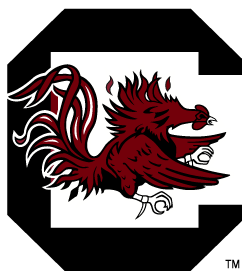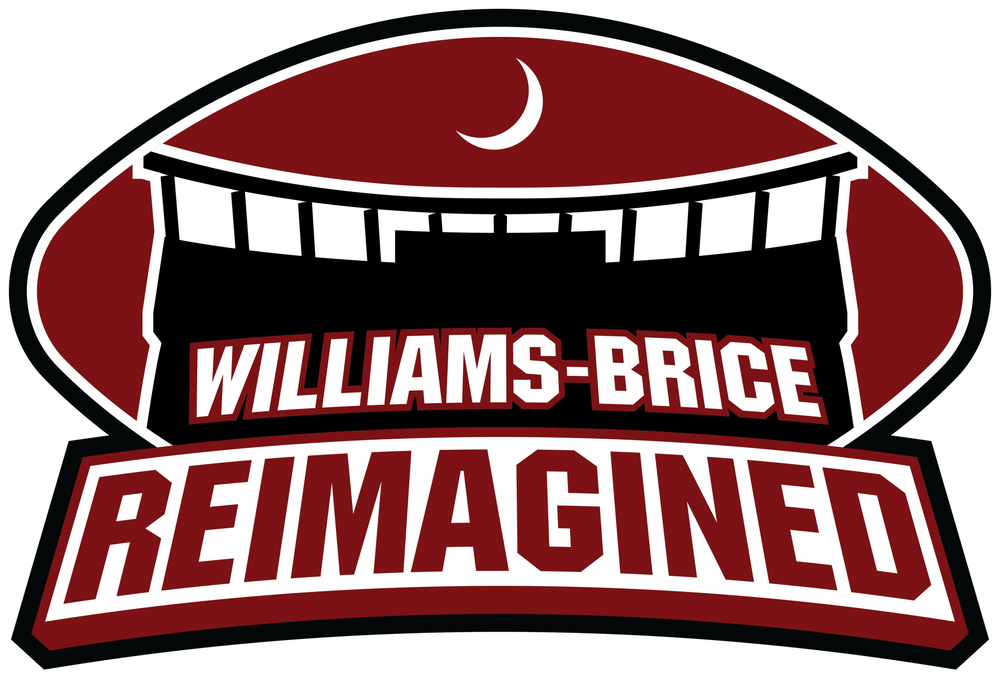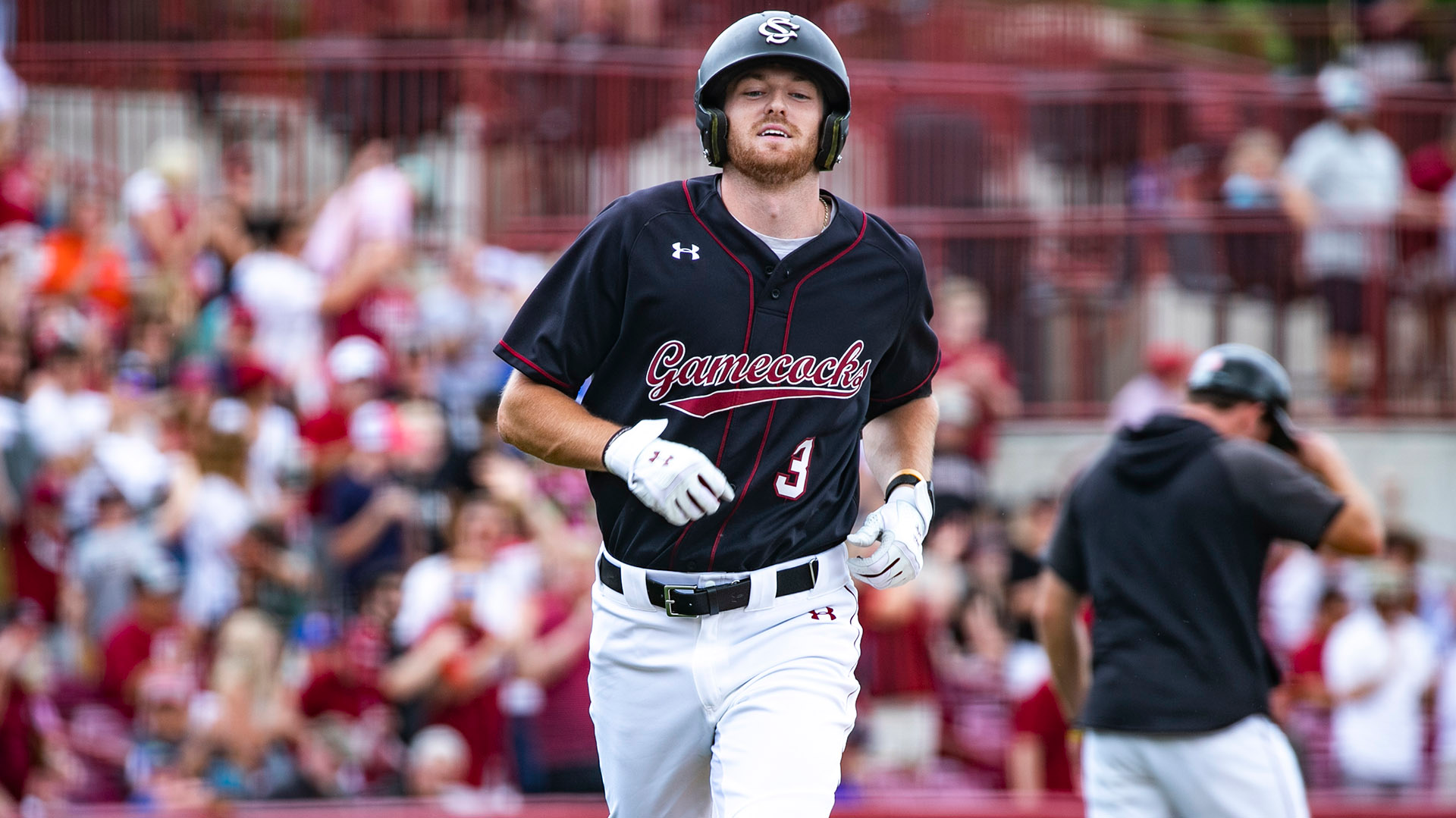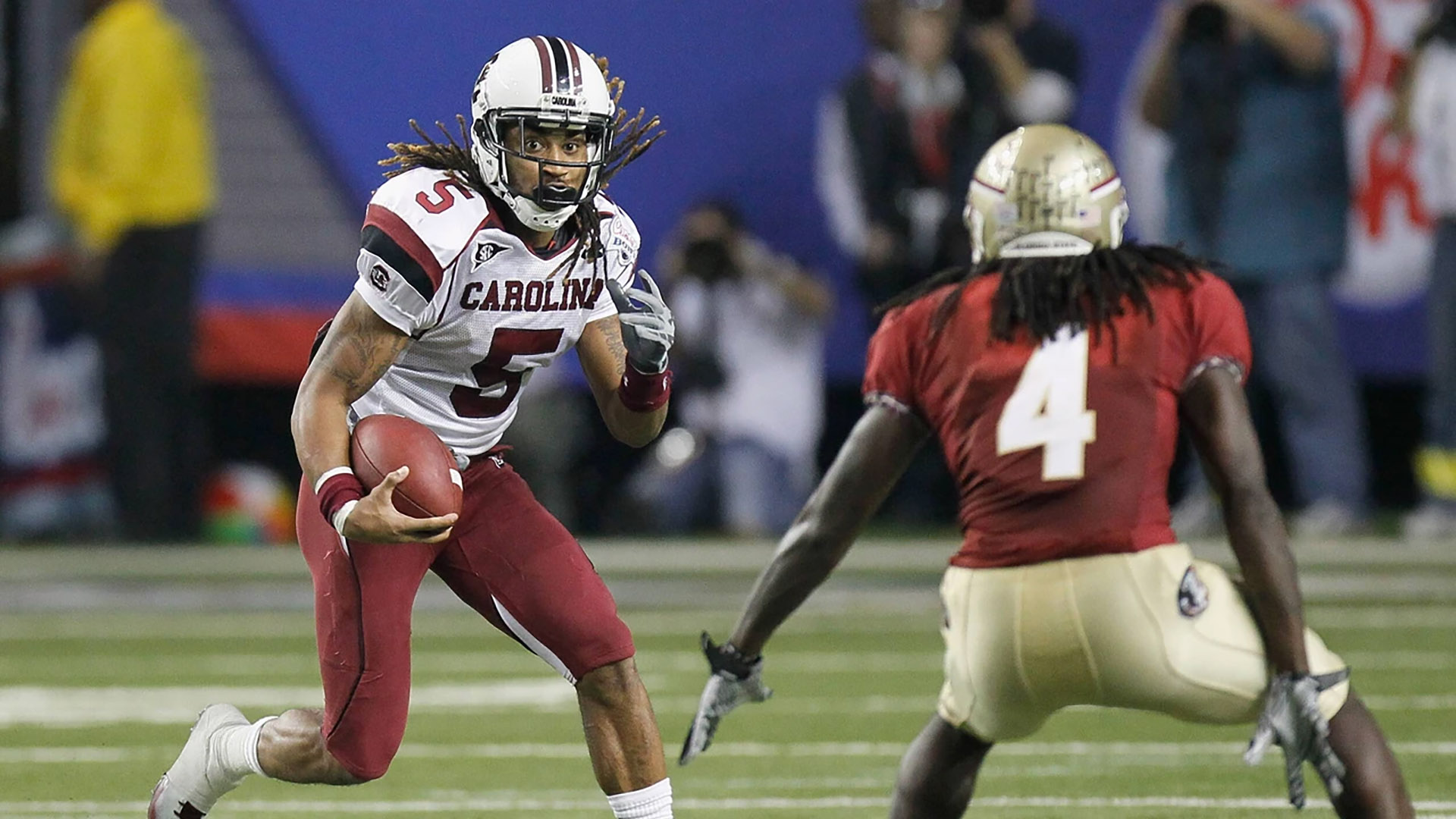Baseball Goes High Tech with Video Pitching/Hitting Lab
South Carolina baseball is now using the latest technology to help assess and develop its players with the implementation of a state-of-the-art pitching/hitting lab inside the Gamecocks’ indoor facility. The lab incorporates 16 high-speed cameras capable of 3D motion capture with force plate and ball tracking technology. These systems will allow the South Carolina coaching staff to analyze players’ movements and mechanics with precision accuracy and use the data to identify areas for improvement and track player progress over time.
“In the era of the transfer portal and NIL, which we support, player development is still king for the elite athletes,” said South Carolina Head Coach Mark Kingston. “It’s clear in the big picture that skill improvement will have the most benefit on their careers and lives. We have made a huge investment in time and resources to be on the cutting edge with the best developers in baseball. This combination of the latest technology and correct implementation puts us in exclusive company as we move forward.”
While similar labs at other schools focus primarily on pitching, South Carolina’s lab allows coaches to use the technology to fully evaluate pitchers and hitters.
“The camera system gives us a 3D look at the delivery or swing and allows us to really analyze how efficiently the player is moving,” said South Carolina Director of Player Development Mike Current. “The force plates in the mound and batter’s box allow us to measure the force they are generating when they’re throwing or swinging. It also allows us to look at the timing of that force. We can then combine that with the ball tracking information we get from Trackman and HitTrax to get a really complete look at each pitcher or hitter.”
“Some of this may be information we already know, but this allows us to really measure the things that are happening, show it to the guys and then get immediate feedback if we’re trying to make a change. The player can then see in real time if he’s doing it correctly or not.”
South Carolina partnered with Maven Baseball Labs out of Atlanta to incorporate the technology into the program.
“They’ve carved out a niche with a lot of high-level professional players,” Current said. “They came to us because they wanted to partner with a handful of college programs. They can help take all this information and turn it into something that we can use to help develop our players.
“What this technology does is give us a pretty thorough look at a pitcher’s delivery or a hitter’s swing and allows us to figure out what the player is doing well and where are the places that he may be deficient. It’s like going to the doctor for a physical. You may feel healthy, but there may be some things going on that you may not be aware of that could cause issues down the road. We want to be able to bring a guy in here on day one in the fall and put him through an assessment so we can accurately identify his strengths and weaknesses and use that to put together an individualized plan for his development.”

“This lab allows you to assess a guy on day one and see if the results mirror what the coach’s eyes are seeing. It gives you some more comfort in trying to fix something right away. It saves you a lot of time.”
The South Carolina coaches had to educate themselves on how to use the technology, but as they get more familiar with it, they are excited about the possibilities to help the student-athletes reach their full potential.
“There is definitely a learning curve for us,” Current said. “However, that is where our relationship with Maven comes in. Right now, we can run a guy through an assessment and send Maven all the data, and they can help us break it down. Then our coaches can have a conversation with the folks at Maven and they can explain their interpretations of what they are seeing and how they would address the issues if they were working with the player in their own facility.”
The technology was installed just recently, and the coaching staff looks forward to sinking their teeth into it even more during the offseason when they have more time to work one-on-one with student-athletes in the fall.
Setting a baseline, coupled with drill work and follow up use of the lab can show whether the player has improved and means less time of trial and error for coaches.
“One of the things that we as coaches struggle with is time because NCAA rules only allow us 20 hours per week with the guys,” Current said. “That sounds like a lot, but when you get into the season and are playing four or five days a week, that’s 12-15 of our hours right there. This lets us get to the root of the problem much quicker and helps us diagnose a prescription much more efficiently.
“Sometimes when it is early in a player’s career and you don’t have a long history with him yet, you’re hesitant to make a lot of drastic changes because you don’t want to make him worse. So, you might let him go a little bit, and it may be his sophomore fall before you talk to him about making changes. This lab allows you to assess a guy on day one and see if the results mirror what the coach’s eyes are seeing. It gives you some more comfort in trying to fix something right away. It saves you a lot of time. Now, we can make adjustments to a guy in that first fall that he’s here, and maybe instead of struggling as a freshman that player may be able to make an immediate impact.”












